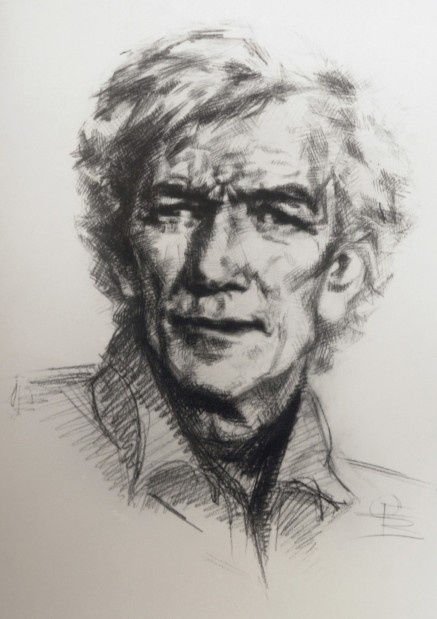Eusebio Francisco Kino, the father of Tucson's San Xavier Mission, is the namesake for Kino Parkway, which runs from East Broadway south to Benson Highway.
Kino, whose nickname became "The Apostle of Arizona," was born in 1645 in the town of Segno, Italy. He excelled in cartography, mathematics and astronomy.
As a teenager, he fell seriously ill and vowed to St. Francis Xavier that if God would save him he would become a missionary to the Orient. Entering the priesthood in 1665, he spent a dozen years studying to become a Jesuit priest.
At age 36, in 1681, he arrived in Mexico, and the following year, he mapped out Baja California and the Sea of Cortez. Later he became the first person to confirm that California was not an island, as was a common belief at that time.
His 1706 map of Southern Arizona was so accurate that it went unaltered for a century.
In 1691, Kino embarked on the initial expedition into the Pimeria Alta, land of the Upper Pimas, in northern Sonora and Southern Arizona; he would make a total of nine trips to Arizona. He followed the Santa Cruz River north and stopped by what became the Tumacacori Mission. On his second mission about a year later, he visited the village of Bac, south of Tucson, where he laid the foundation for the San Xavier Mission. It was built after his death and is still active today.
At Bac and Schookson, he counted 900 and 800 Indians, respectively; the Spanish incorrectly pronouncing Schookson as Tucson, which translates roughly to "at the foot of the black hill." The Indians were living in clusters of houses along the banks of the Santa Cruz River.
Kino spent 20 years in the Pimeria Alta and established 24 missions. He trained natives as cowboys - the roots of the cattle industry in the Southwest stem from the rancho missions he started in Arizona.
He also earned the respect of his fellow missionaries and the Indians with whom he worked. He was known for his compassion and his hard work.
Kino died at Magdalena, Sonora., in 1711 at 65.
Sources
• Thanks to Star reader Audel Valdovinos for suggesting this street.
• Special thanks to Kate Reeve of the Arizona Historical Society.
• Jim Turner, "Arizona: A Celebration of the Grand Canyon State," Gibbs Smith Publishing, 2011
• C.L. Sonnichsen, "Tucson: The Life and Times of an American City," University of Oklahoma Press, 1982
• Robert M. Utley, "The American West: A Multicultural Encyclopedia," Grolier Educational Corp., 1995
Editor's Note
Each week the Star will tell the stories behind Tucson street names. If you have streets to suggest or stories to share, then contact writer David Leighton at streetsmarts@azstarnet.com





